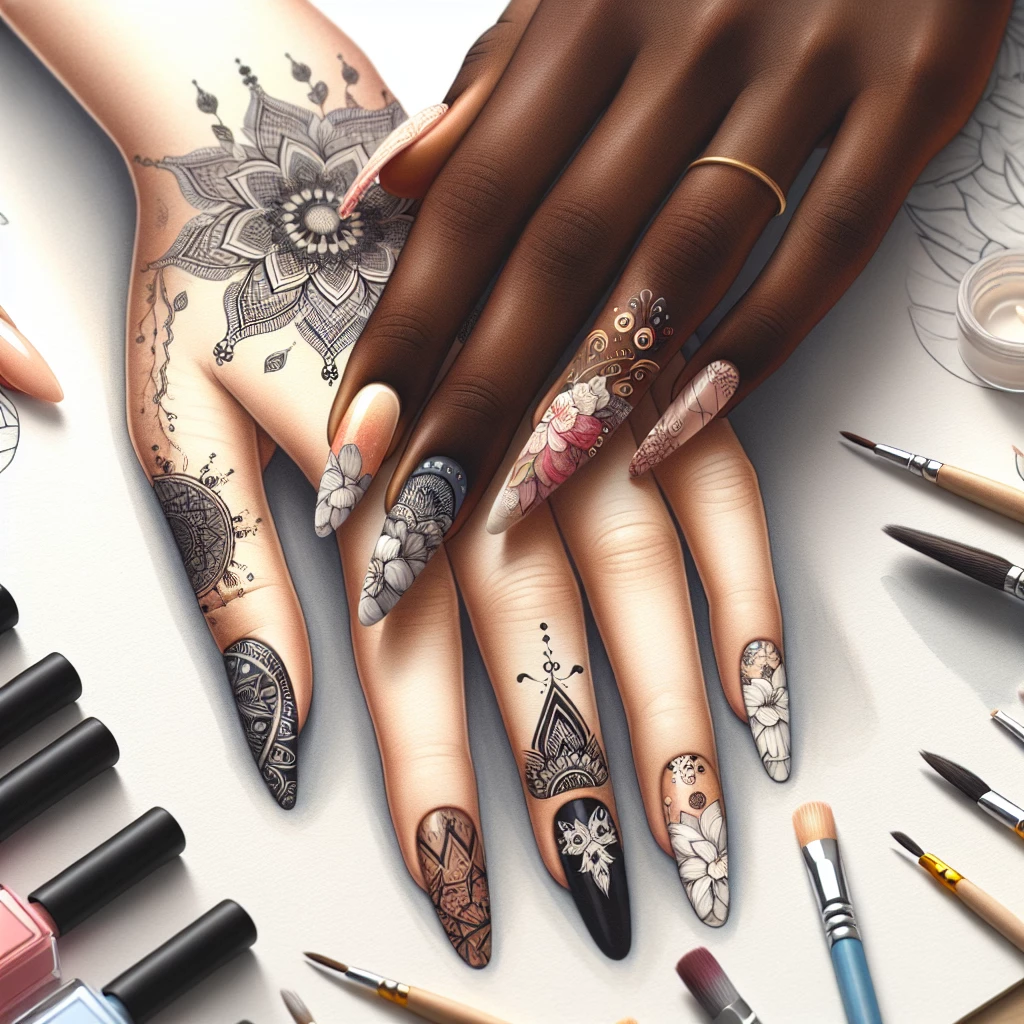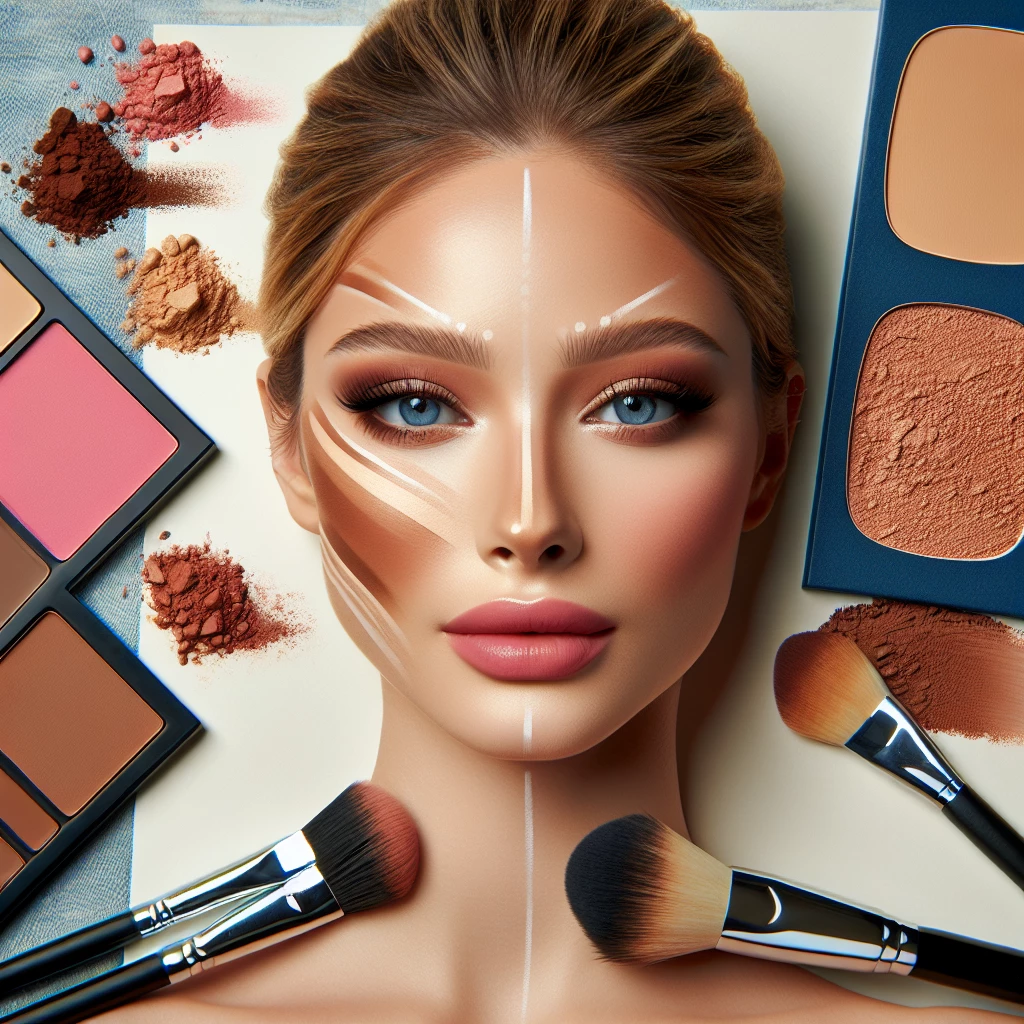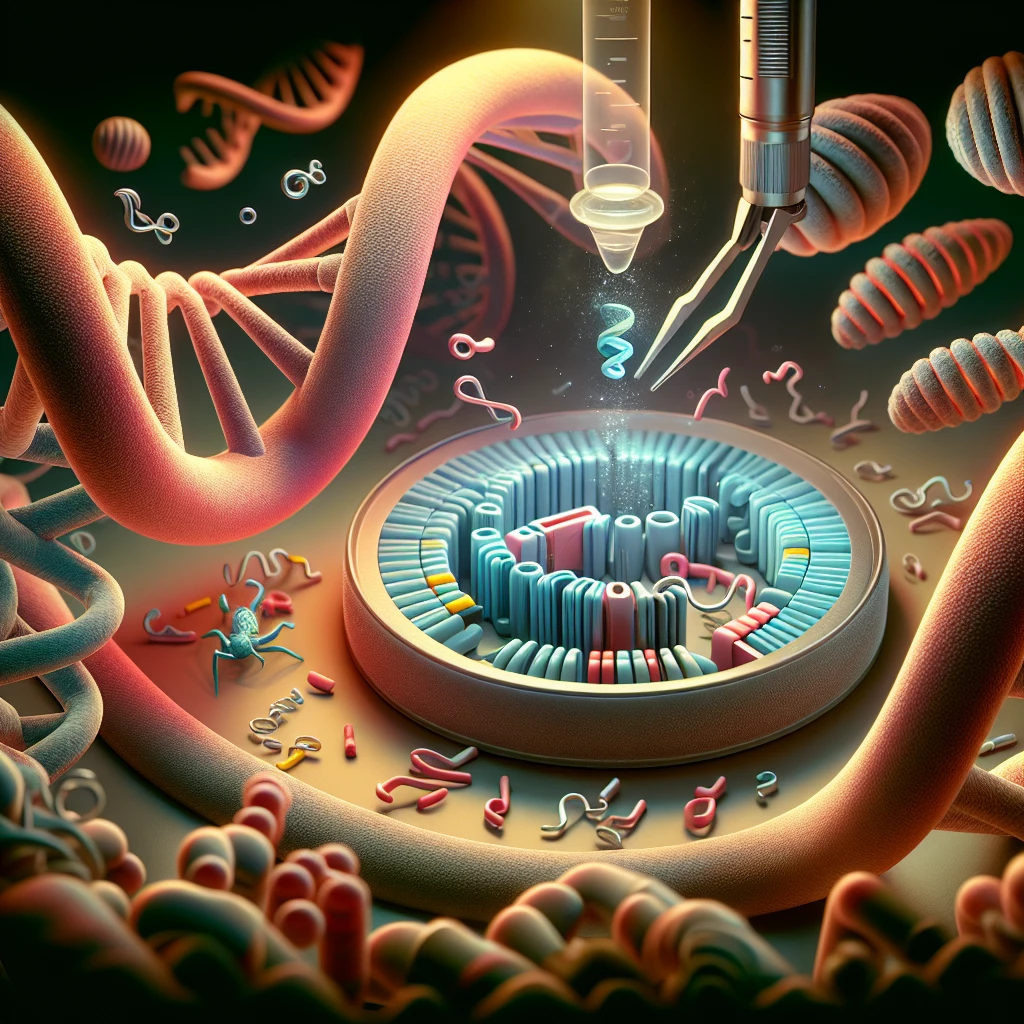Makeup is an art, and just like any other form of art, it too relies heavily on color theory. Color theory plays an integral role in makeup application, impacting the final look. Understanding the fundamentals of color theory can help you revolutionize your makeup routine and create looks that enhance your features in the most flattering way. This article aims to provide you an overview of how color theory applies to makeup, and how you can use it to your advantage. Whether you're a beginner or an expert, learning about color theory can take your makeup skills to the next level.
Understanding Color Theory
Color theory is the science of how colors interact with each other and how they impact human perception. It's a set of basic rules that artists and designers use to create visually harmonious color schemes. When applying makeup, understanding these principles can help you pick the right shades for your skin tone and create a balanced look.
Color theory is based on the color wheel. The color wheel consists of three primary colors (red, blue, and yellow), three secondary colors (obtained by mixing primary colors: green, orange, and purple), and six tertiary colors (created by mixing a primary and a secondary color).
In makeup terms, contrasting colors (colors that sit opposite each other on the color wheel) can enhance each other. For example, blue-based red lipstick can make your teeth appear whiter because blue and yellow are opposite each other on the color wheel.
Importance of Color Theory in Makeup Application
Proper understanding of color theory can drastically improve your makeup application. It helps in choosing the correct colors for a woman's skin tone, eye color, and hair color. It’s crucial to note that the color of foundation, concealer, blush, eyeshadow, and lipstick should all be determined by your skin's undertones.
Applying the right colors can help bring out your best features and hide flaws. For instance, green concealer can counteract the redness of a pimple because green and red are complementary colors, according to color theory.
Moreover, mastering color theory can foster creativity in your makeup artistry. Learning how different colors interact with each other can help you come up with innovative makeup looks.
Significant Impact of Color Theory on Final Look
Color theory's impact on the final look of your makeup is immense. The right color choices can significantly enhance your look. Think of how a blue shirt can enhance the color of your eyes, or how a certain shade of lipstick can make your complexion glow.
Selecting colors that flatter your natural features can make your makeup look more balanced and harmonious. For instance, using warm tones on someone with a warm skin tone will make them look radiant and healthy.
Meanwhile, using contrasting colors can create a stunning, bold look. Imagine wearing a violet eyeshadow with green eyes - the complementary colors intensify each other, creating a captivating contrast.
Fundamentals of Applying Color Theory to Makeup
There are few fundamentals that need to be kept in mind while applying the theories of color to makeup. First, remember: 'opposites attract'. Colors opposite to each other on the color wheel accentuate each other. So, if you want a feature to stand out, use its opposite color.
Next, consider your skin's undertones. Everyone's skin has either a warm, cool, or neutral undertone. Warm undertones favor earthy tones like reds, oranges, yellows while cool undertones look better with blues, purples, and greens. Neutral undertones can wear any color.
Lastly, color theory isn't a rulebook - it's a guideline. While it's incredibly useful, it shouldn't stifle your creativity. Feel free to experiment with colors and come up with your own unique combinations.
In essence, understanding and applying color theory in makeup can enhance your overall look and elevate your makeup game. It provides a guide to selecting, combining, and applying colors in a way that flatters and enhances one's features. Whether you're just starting out or looking to advance your skills, mastering color theory can open up a world of creativity and innovation in your makeup routine. So, don't hesitate, grab your palette, and start experimenting!

In-depth Dive into Nail Art
Get inspired by the latest trends in nail art and learn about the essential products for the same.

Glitter Makeup: Dazzle with Grace
Understand the do's and don'ts of glitter makeup and unveil the products that can help you sparkle.

Contouring 101: A Beginner's Guide
Comprehend the art of contouring and explore the best products to achieve that perfect sculpted look.

Decoding the Function of Primers
An overview of the uses, benefits, and the must-have primers for your daily beauty regime.
